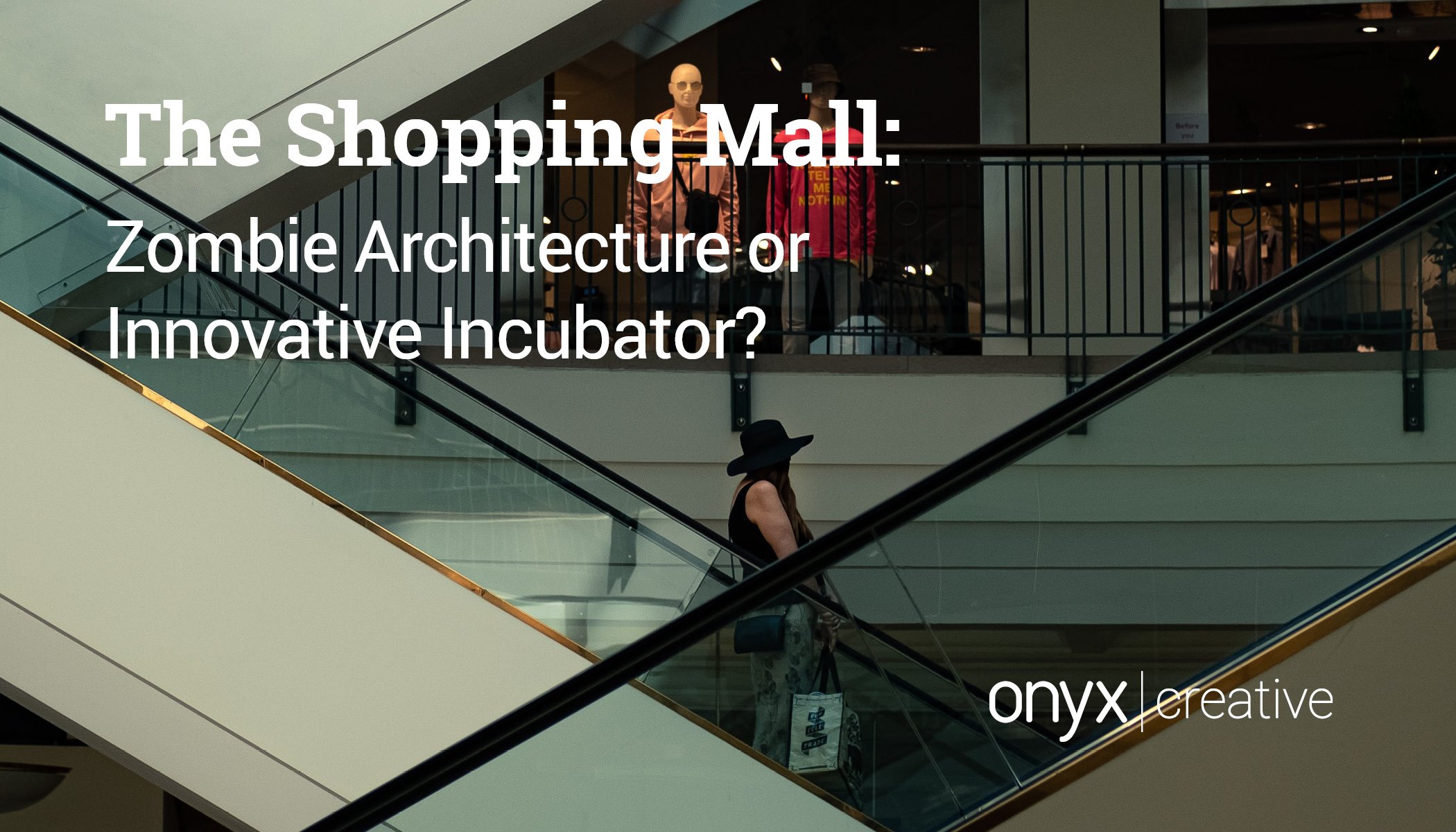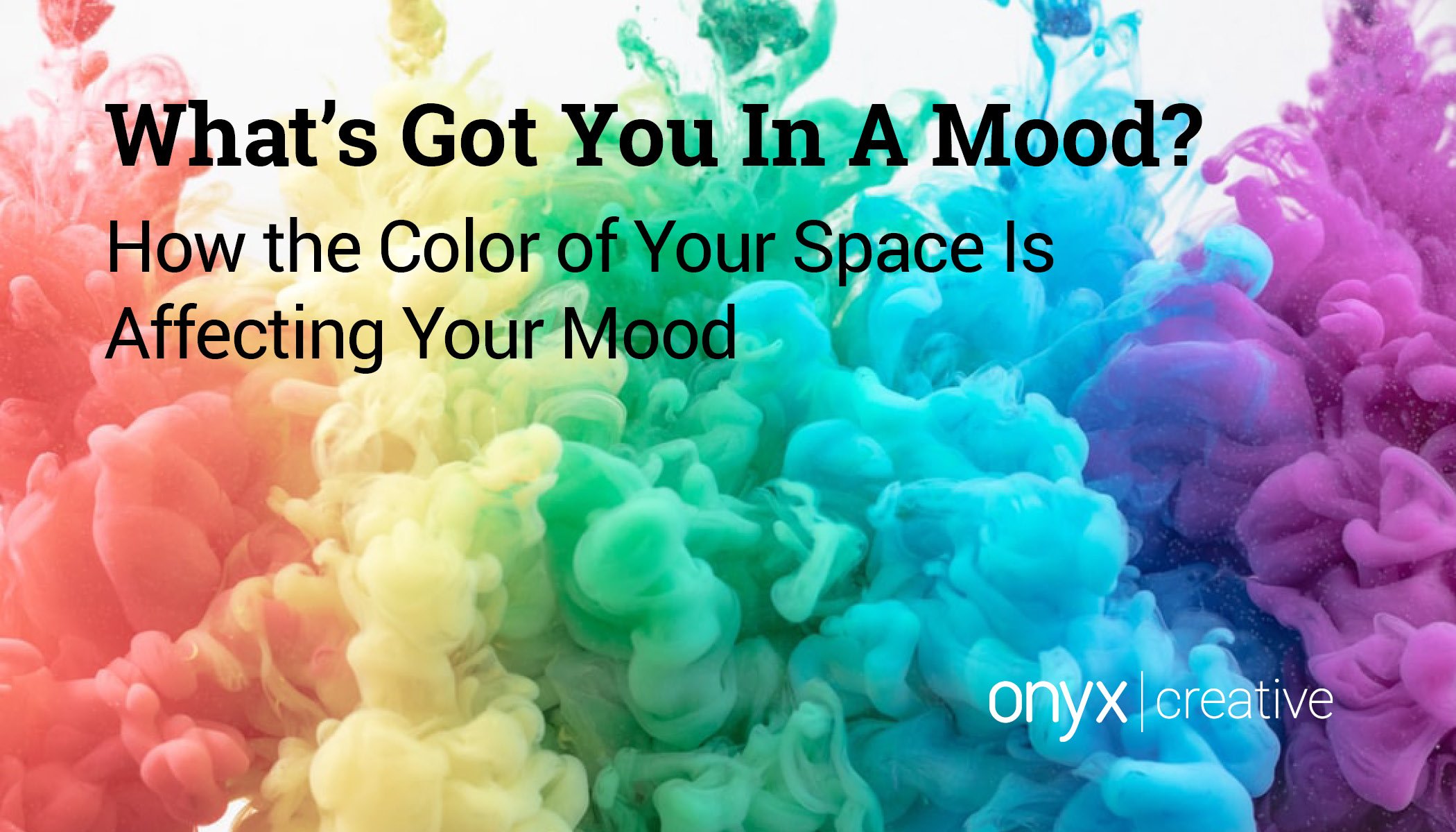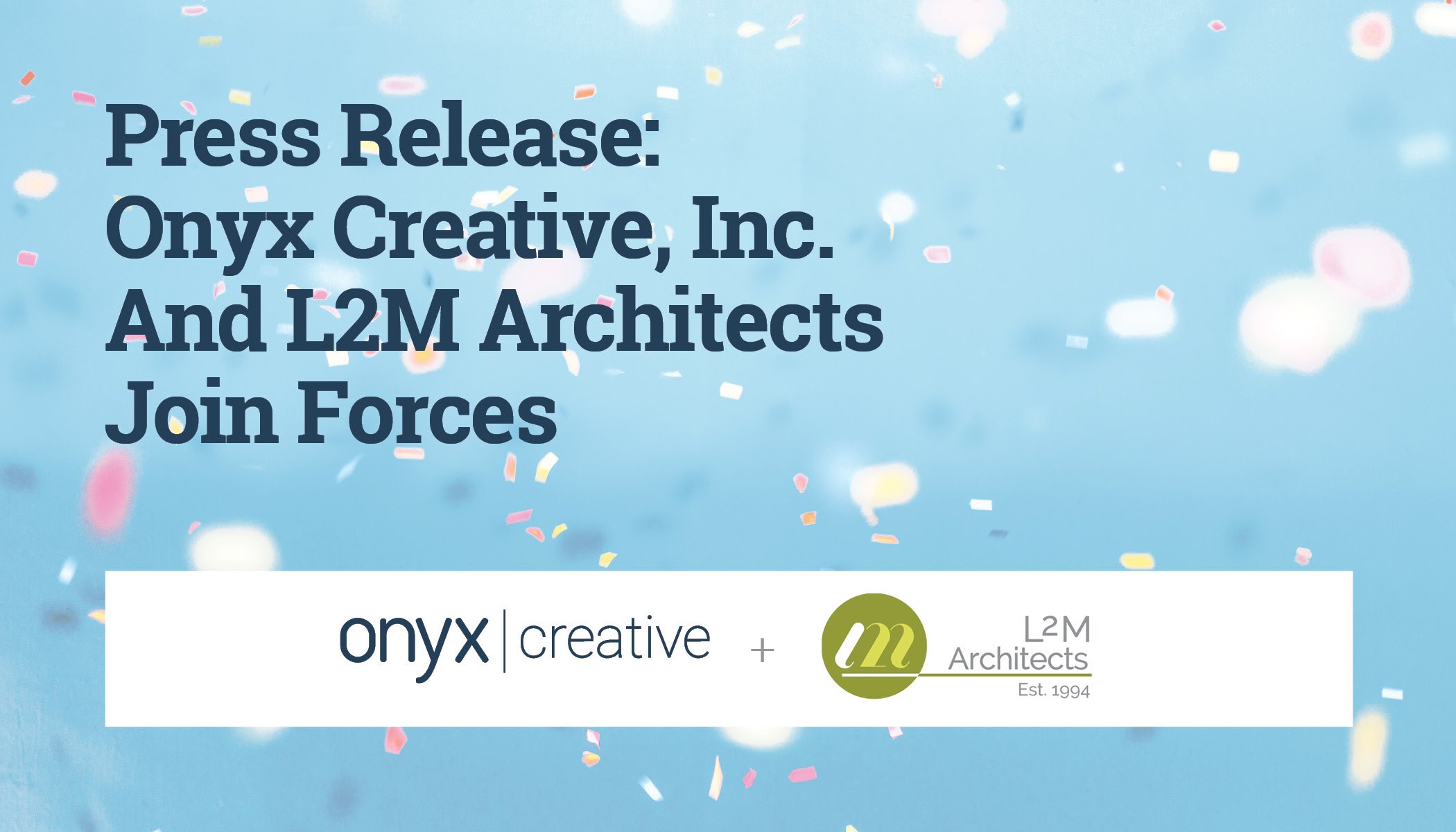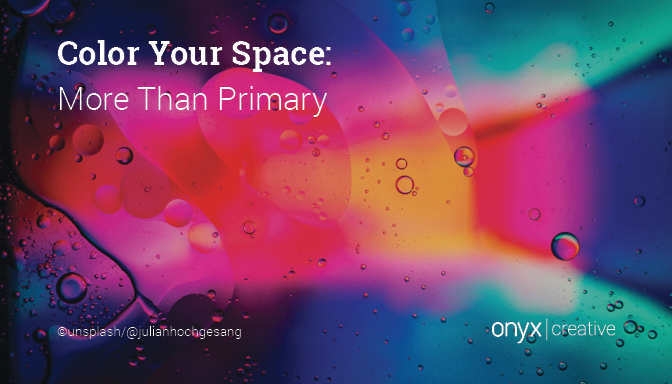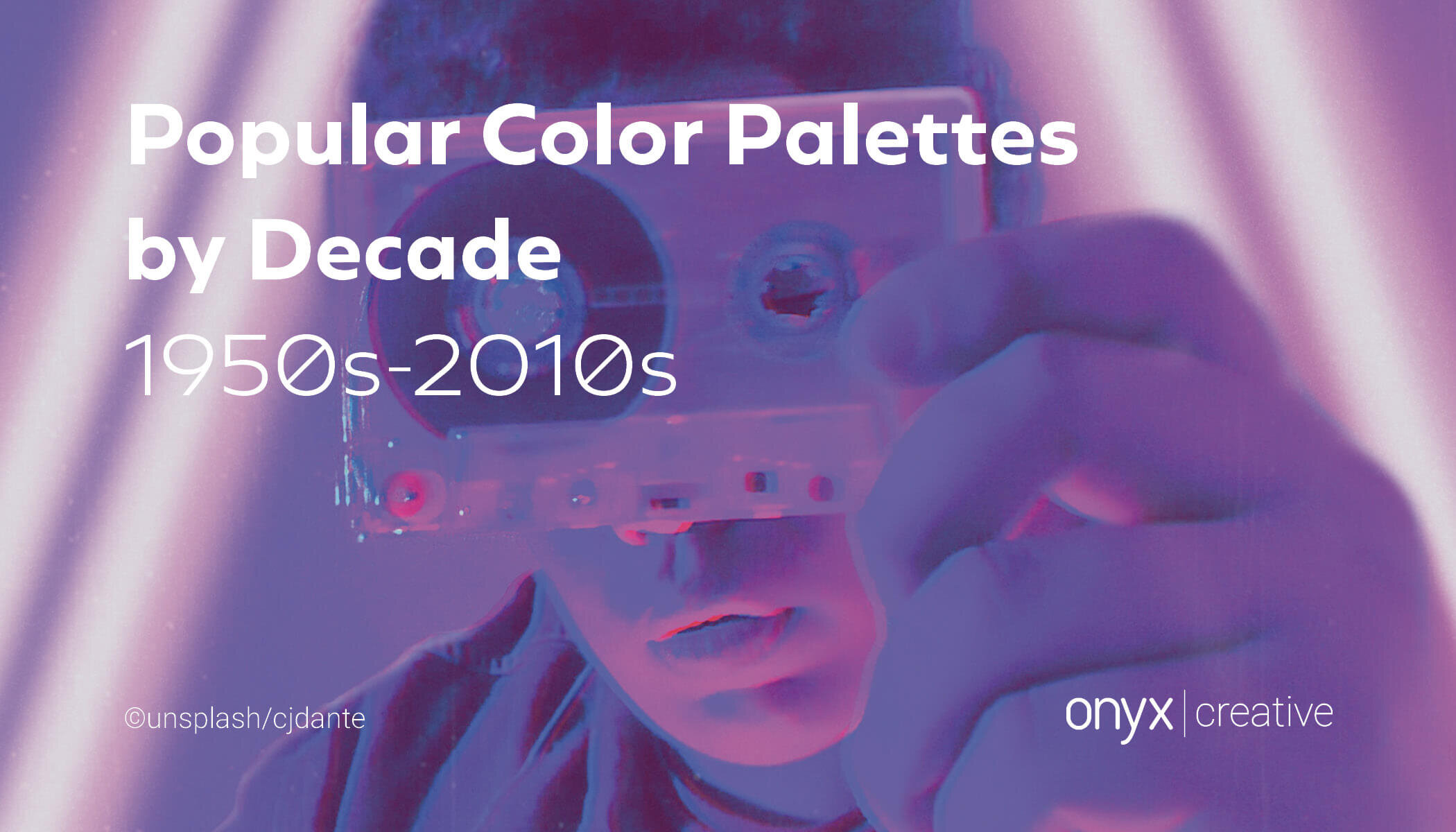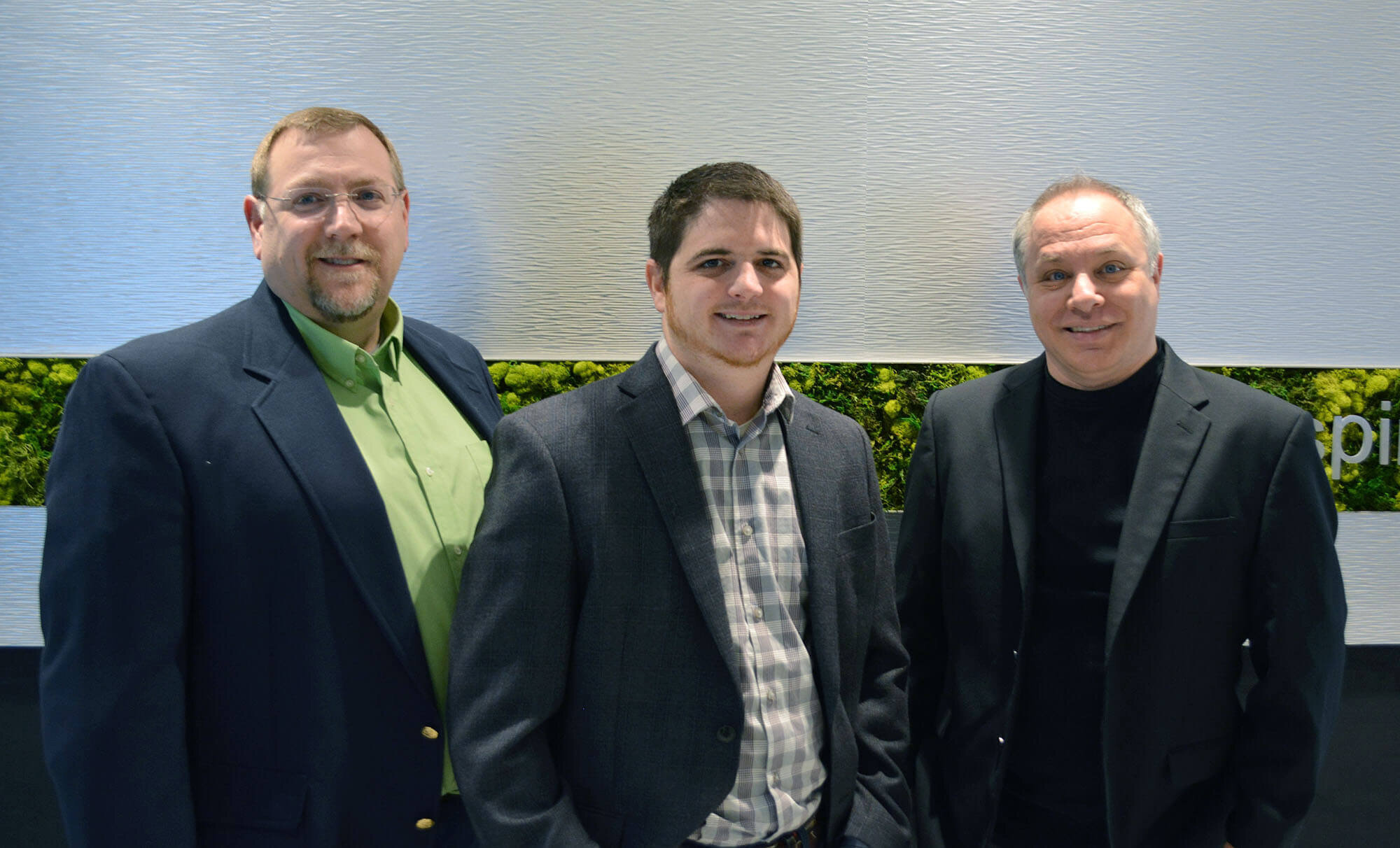The goal of restaurant design is to build an inviting atmosphere for customers to enjoy their experience that entices their future purchases. When restaurants are being designed, it is critical that the owner comprehends their business, their company values, and their unique visual opportunities. This plays an essential role in developing the concept and story of the restaurant. This can all be expressed through a restaurant’s unique branding position that showcases their identity and distinguishes them from other companies.
Branding Elements
The Brass Onion branding work by Carpenter Collection
The process of restaurant branding depends on the understanding of the company’s business. This involves understanding what the company is, how the company works, and what they are seeking to present to the public. Once the company establishes its values, then the brand has a strong foundation to build upon. The next step is to define the company’s audience to create a strong customer base. Understanding the demographic they are marketing to allows the company to be better suited to adapt to their specific market environment. The third step is to physically position the company in a location that draws the attention of its potential customers. There needs to be a desire for the type of food being sold. The fourth step involves choosing the right name for the restaurant. This step is important since names are the first thing people notice when looking up or seeing the restaurant. Finding the right name is essential to be catchy and attractive which stems curiosity in the market. The last step is keeping a consistent branding design throughout the whole company. It is important to maintain consistency in various areas including the website, furniture, menus, signage, marketing, interior, and exterior of the building, etc. The company’s brand should be easily visualized throughout its customer-facing space.
Artwork
Artwork is a significant element that is used to emphasize branding. The significance of using artwork in the space allows for customer’s stress levels to decrease. SmartArt Art Consulting claims that “artwork can increase your joy response ten percent which is the same way someone feels while looking at their loved ones”[12]. Simple pieces of artwork can easily add a little flair and color to the environment. These pieces can become a way to tell the story of the company and showcase their brand and consumer messaging in a consistent way. For instance, if the company values sustainability, the pieces of art may be photographs of how it all comes together. In the case of fresh markets, showing the farm with all the different crops and animals could reflect the restaurant’s ethical model and subconsciously display it to the public. To showcase the artwork, lighting plays a major role.
Lighting
Lighting is used in all restaurants and acts as a design feature that can accent the product and enhance an individual’s dining experience. Overall, there are three major lights that are used for all spaces: accent, task, and ambient lighting. The accent lights are used to draw attraction to a focal point which can be used to show off artwork or any featured element. Task lighting is used more in the back-of-house where the employees work, such as the kitchen or prep stations. When it comes to setting the mood of the environment, ambient lighting is used. Ambient lighting can be used in dining areas to enhance the customer’s experience. The experience is elevated through the design and branding of the lighting fixtures and the color tones of lighting. Soft and dim lighting can make customers more comfortable and at ease in this setting. This lighting allows consumers to feel relaxed and have more time to enjoy the overall ambiance of the restaurant while dining. Lighting within the restaurant sets the color tone of the environment.
Color
Color within the space helps set and define the mood of the overall experience. Using brand colors throughout the environment creates brand recognition. This is why most people associate the colors red and yellow with McDonald’s restaurants, for example. When choosing a color palette for the restaurant, it is significant to choose colors that increase the appetite of consumers. These color palettes are typically warmer with a neutral color and have been proven to enhance appetite. The neutral colors are relaxing and comfortable for the people within the dining area and encourage people to stay longer. For artwork and painting, neutral palettes work well to make these pieces become a focal point in creating your brand and story.
Music
Understanding the restaurant’s brand helps set the tone of what music to play to compliment the atmosphere. Playing music that connects with the brand and the message is crucial. If the restaurant is a relaxing space, the music should correspond with this environment. This is the same if the place tends to be more upbeat and cheerful; the music should reflect it. For instance, Taco Ball is a fast food restaurant that uses bright, vibrant colors and appeals to a young adult audience. They frequently use upbeat radio hits in their restaurants to appeal to their customer base. At a classy dining restaurant, live music helps set the tone and adds entertainment to the overall atmosphere. Live music is a great addition to the space by drawing in more crowds and creating events for the customers to attend. The placement of live music can affect the overall layout of the space, so it is important to think about this during the planning stage.
Layout
Seating placement is important to adhere to when planning the restaurant layout. Most people do not enjoy sitting by the restrooms. Seating by the kitchen and right in the middle of the dining room can become problematic when customers may be dealing with noise and unpleasant smells. Designing the space with this in mind creates a new outlook for the customer experience and leads to better design solutions. Placing tables further away from unfortunate areas and adding elements such as planters, dividers, and partitions, can help create division and new spaces that are more pleasant. When designing the overall layout, it is important to think of the flow of the atmosphere. The layout of the space can be influenced by the brand. For instance, a tavern may want to place the bar right in the middle to draw attention to the brand and showcase who they are. Around the bar is a great place to place the high top tables so people still feel like they are a part of the bar. Further out from the bar area, the lounge area is a place to allow for more of a romantic atmosphere.
Sources
http://fnbreport.ph/features/fb/human-centered-design-can-win-you-more-customers-eric-20190819/
https://www.ice.edu/blog/restaurants-strategies-human-connection
https://www.lightspeedhq.com/blog/what-do-customers-look-for-in-a-restaurant-experience/
https://www.architecturelab.net/restaurant-setting-influences-the-dinning-experience/
https://www.ezcater.com/lunchrush/restaurant/restaurant-branding-101/
https://smartartinc.com/how-to-select-the-best-artwork-for-your-restaurant/
https://www.webstaurantstore.com/article/7/restaurant-lighting.html

















